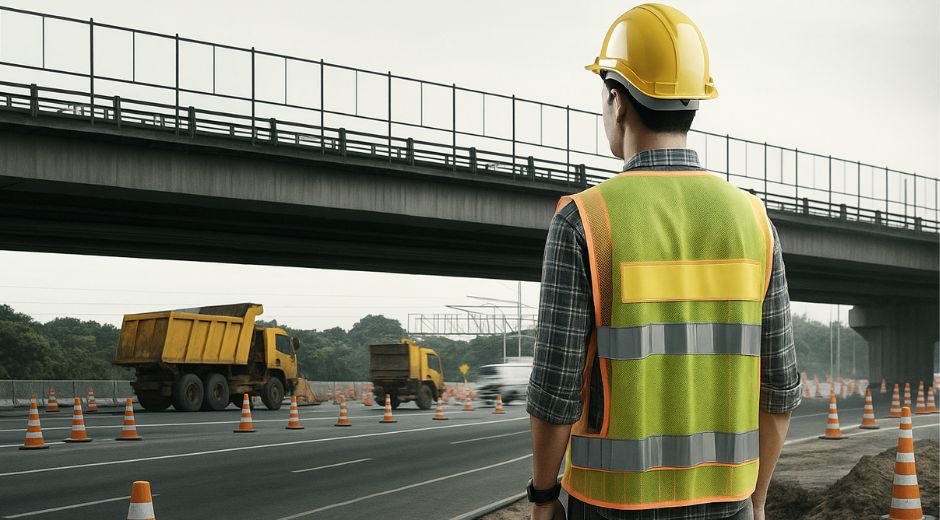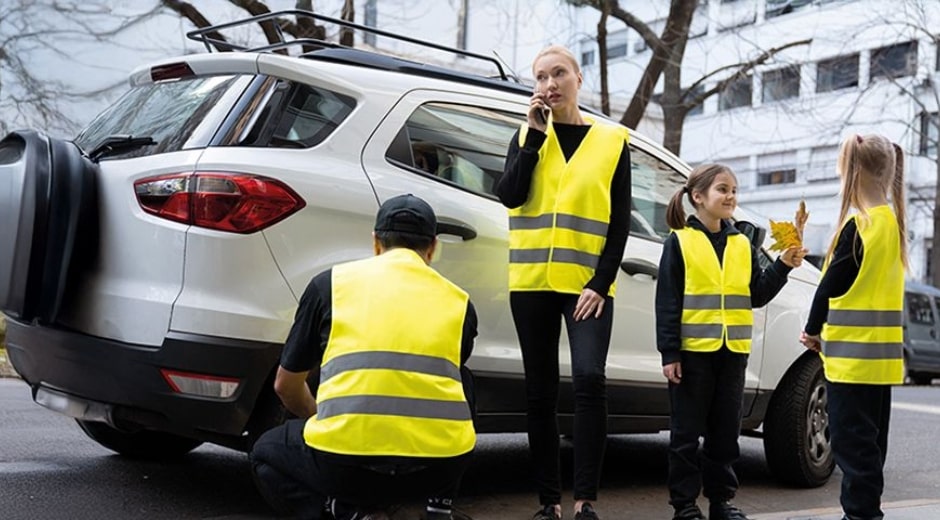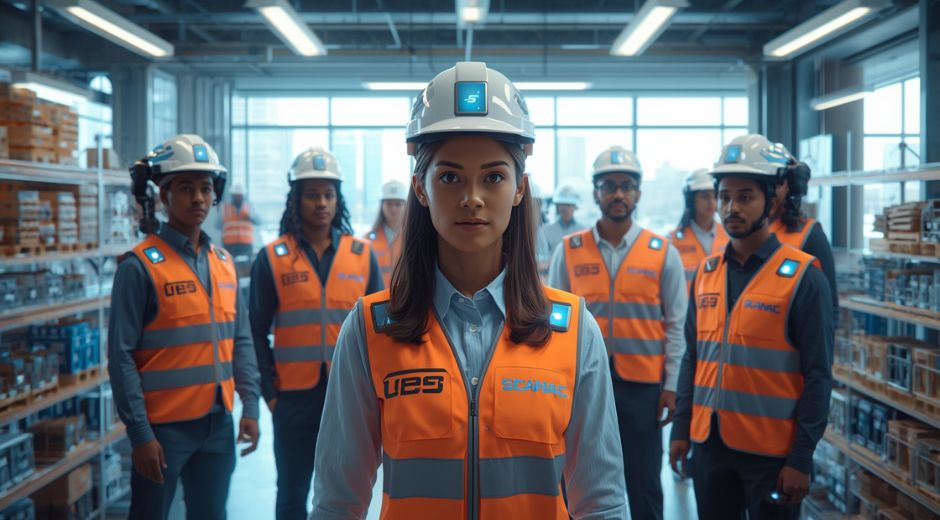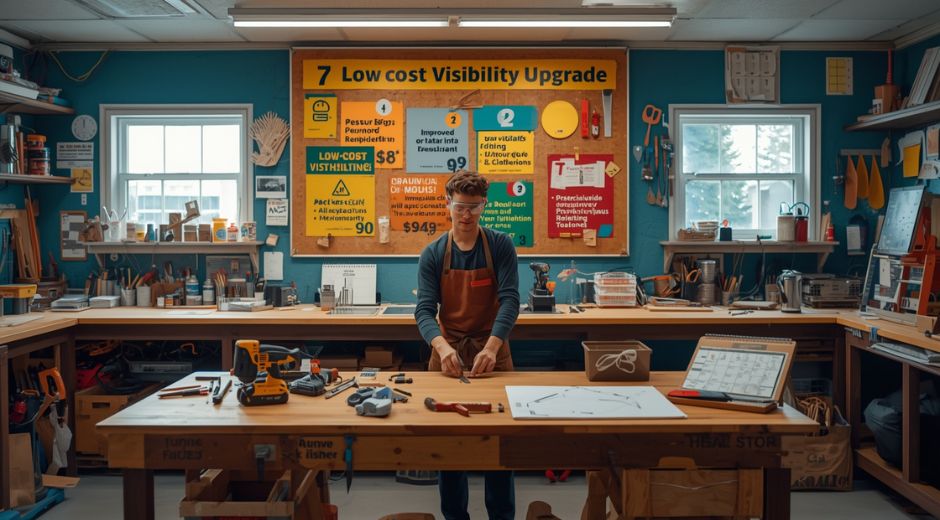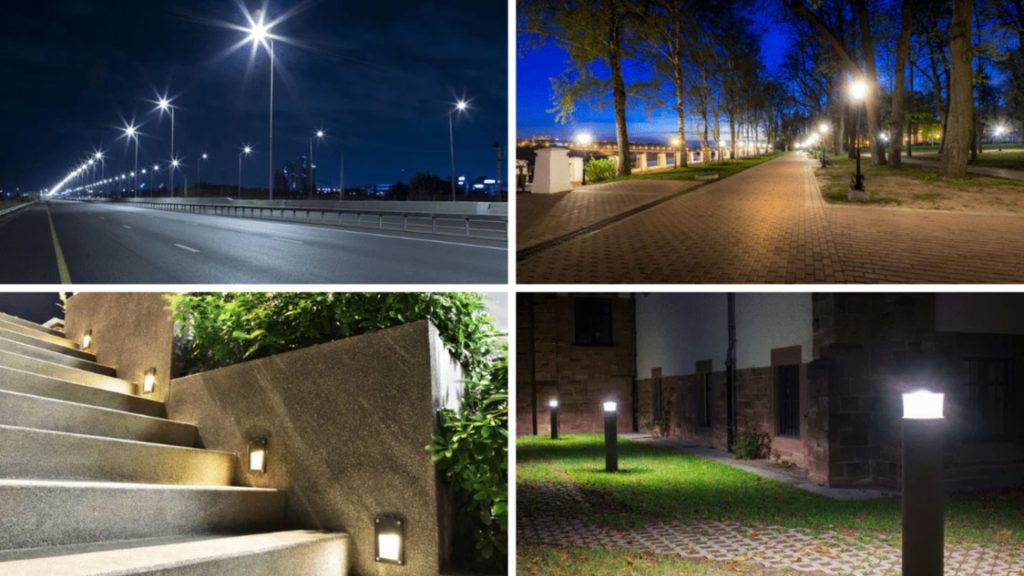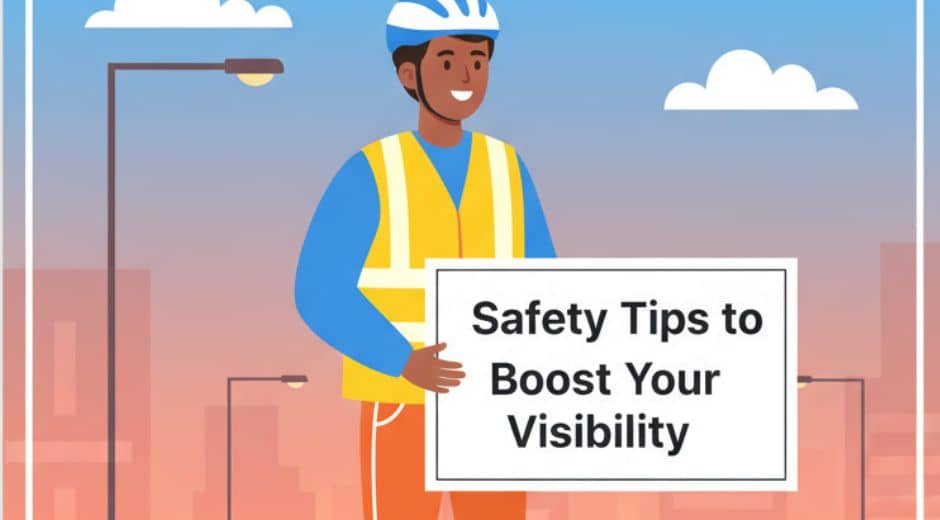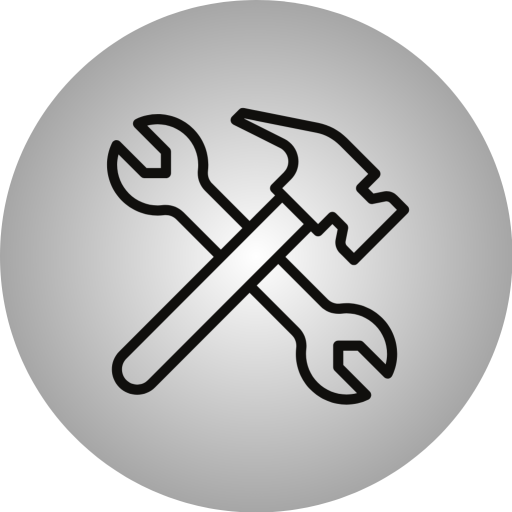Safety and Visibility in Road Protecting Workers and Drivers
Safety and Visibility in Road Protecting Workers and Drivers
Road construction plays a critical role in maintaining infrastructure, but it is also one of the most hazardous work environments. Workers are constantly exposed to heavy machinery, moving vehicles, and challenging surfaces, while drivers navigate narrow lanes, detours, and construction equipment. Ensuring safety and visibility is essential to reduce accidents and protect both employees and the public.
Understanding the Risks
Construction zones present numerous dangers. Workers may be struck by vehicles, trip over uneven surfaces, or face hazards from loud noise and dust. Drivers can encounter unexpected lane changes, poor lighting, or equipment blocking their view. The risks are compounded at night or in adverse weather. Addressing these issues requires proactive measures that prioritize safety and visibility for everyone involved.
High-Visibility Gear
One of the most effective ways to enhance safety is through high-visibility clothing. Reflective vests, jackets, and helmets allow drivers to notice workers from a distance, particularly in low-light conditions. Bright fluorescent colors such as orange, yellow, or red, combined with reflective strips, significantly improve recognition.
Proper maintenance of this gear is equally important. Reflective strips lose effectiveness if dirty or worn out, so regular inspections are necessary. Employers should ensure compliance with safety standards and provide well-fitting, comfortable clothing for long shifts. For more guidance on choosing high-quality reflective gear, sites like Autoshiftwise offer detailed resources and product reviews.
Effective Signage and Road Markings
Clear signage and road markings are critical to guide drivers safely through construction zones. Advance warning signs, lane closure indicators, and speed limit notifications give drivers sufficient time to react. Temporary road markings and cones help delineate work areas, keeping both vehicles and pedestrians safe.
For organizations managing multiple projects, using comprehensive safety platforms like fixolix can streamline monitoring, track compliance, and ensure that all signage and protocols meet regulatory standards. This reduces human error and reinforces safety and visibility initiatives.
Lighting for Night Work
Many projects require night work to minimize disruption to traffic, but reduced visibility increases the risk of accidents. Proper lighting solutions, such as portable floodlights, vehicle-mounted lights, and reflective tape on barriers, make construction zones safer. Workers and drivers alike benefit when hazards are clearly illuminated.
Nighttime operations also highlight the importance of visibility technology. LED lights, reflective clothing, and illuminated signs help workers remain noticeable, while drivers can navigate zones more confidently. Combining these measures ensures a safer environment during after-dark construction.
Traffic Control and Planning
Traffic control is essential in maintaining order and preventing collisions in construction zones. Flaggers, temporary traffic signals, and strategically placed barriers guide vehicles through altered routes safely. Workers should receive proper training on communication techniques to coordinate traffic flow effectively.
Advanced planning and scheduling further enhance safety. Mapping out detours, updating navigation apps, and using public notifications minimize unexpected changes for drivers. These efforts make safety and visibility a shared responsibility between workers, drivers, and project managers.
Training and Awareness
Training is as important as equipment and signage. Workers need to understand hazard recognition, proper use of protective gear, and emergency procedures. Similarly, drivers should be educated about the risks of construction zones, especially regarding reduced speed limits and lane changes.
Awareness campaigns, online resources, and informational websites play a vital role in educating both workers and the public. For instance, consulting platforms like autoshiftwise provides insights into best practices, case studies, and real-world examples of effective safety measures.
Technology Enhancements
Modern technology can greatly improve safety and visibility. Radar-based detection systems alert workers of approaching vehicles, while LED signage adapts to changing conditions in real-time. Drones and cameras provide supervisors with aerial monitoring, allowing quick responses to potential hazards.
Integrated software solutions, such as fixolix, help manage data, track equipment usage, and document compliance. By leveraging technology, organizations can anticipate risks, reduce human error, and create safer work environments.
Best Practices for Workers and Drivers
For Workers:
Always wear high-visibility clothing and protective gear.
Maintain clear communication with colleagues.
Use equipment safely and ensure it is visible to drivers.
Take regular breaks to prevent fatigue.
For Drivers:
Reduce speed and follow posted signs.
Avoid distractions and stay alert in construction zones.
Respect temporary lanes, barriers, and detours.
Use headlights appropriately during night or low-visibility conditions.
Conclusion
Road construction is essential but comes with significant risks for both workers and drivers. Emphasizing safety and visibility through reflective clothing, clear signage, proper lighting, traffic control, and advanced technology reduces accidents and protects lives. Training, awareness campaigns, and the use of reliable platforms like autoshiftwise and fixolix reinforce these measures.
By prioritizing these strategies, companies can create safer work environments while ensuring that drivers navigate construction zones confidently. Collaboration, planning, and consistent implementation of visibility measures make roads safer for everyone.
The Pulse of Repairs

Use Joint Tape for Strong, Clean Wall Finishing
Use Joint Tape for Strong, Clean Wall Finishing
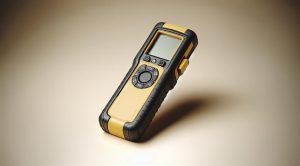
How a Stud Finder Makes DIY Projects Safer
How a Stud Finder Makes DIY Projects Safer

Sealing Tape Uses for Waterproof DIY Repairs
Sealing Tape Uses for Waterproof DIY Repairs

Floor Screed Basics for Level, Durable Surfaces
Floor Screed Basics for Level, Durable Surfaces

Wall Anchors That Support Heavy Home Fixtures
Wall Anchors That Support Heavy Home Fixtures

Foam Insulation Tricks for Lower Energy Bills
Foam Insulation Tricks for Lower Energy Bills

Modern Hinge Systems for Smooth, Silent Doors
Modern Hinge Systems for Smooth, Silent Doors
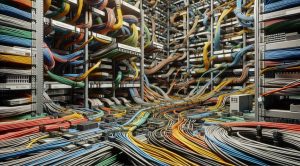
Cable Routing Tips for Cleaner Home Installations
Cable Routing Tips for Cleaner Home Installations

Deck Coating Ideas for Long-Lasting Outdoor Floors
Deck Coating Ideas for Long-Lasting Outdoor Floors
